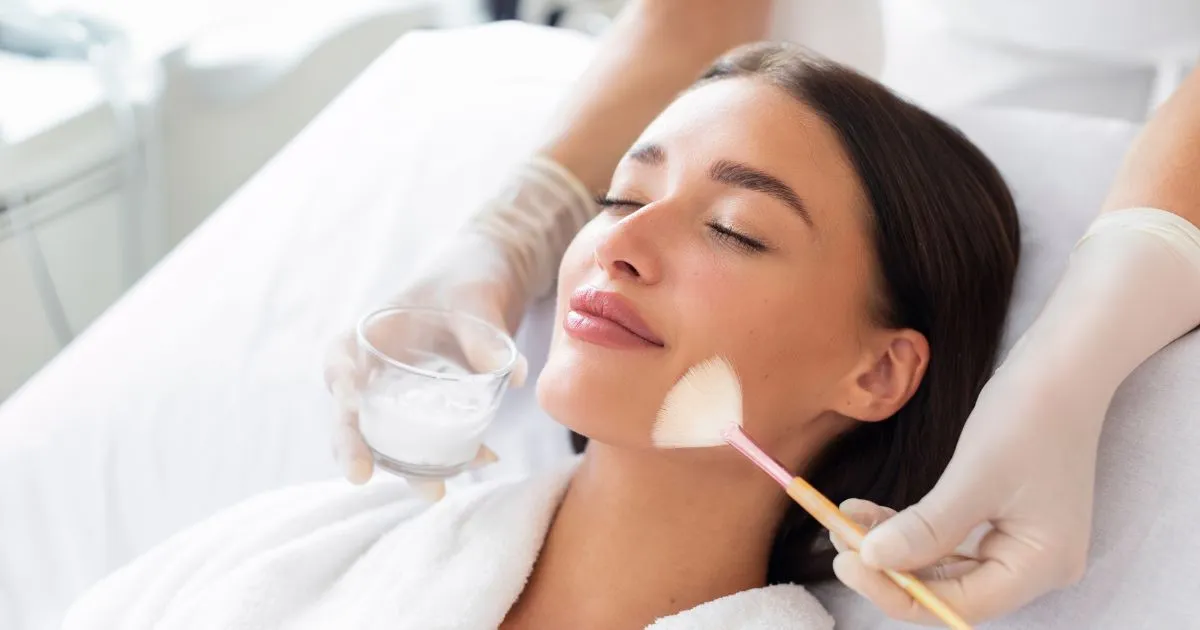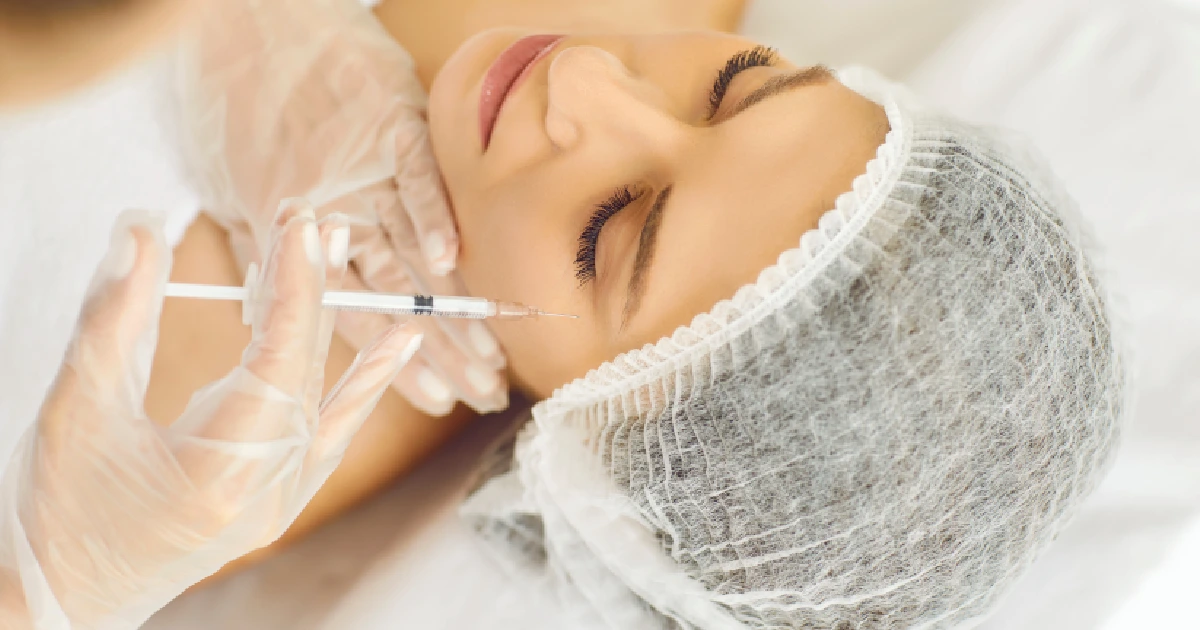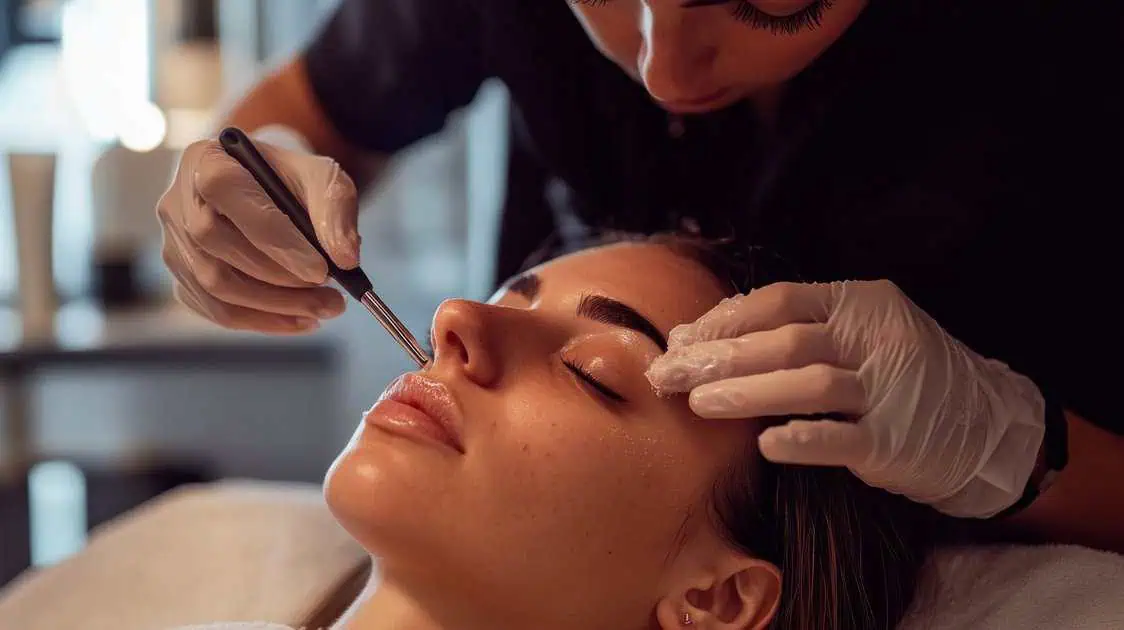Low Testosterone levels are something that affects 2-4 million aging men in the United States and is a condition that often goes underdiagnosed and undertreated. We live in a society where people are living longer, and longevity over a lifetime means that there are going to be natural hormonal changes that occur with the aging process.
Signs of low testosterone levels or Late-onset hypogonadism may include fatigue, decrease in muscle mass, decreased sex drive, poor concentration, weight gain, and decreased sense of well-being.
A decrease in testosterone levels begins in men in their 30s, so it is no wonder why men generally start to feel as if they are not thriving in once they hit their 30s. This would be true for anyone, man or woman, whose well-being is being affected by hormones, or lack thereof.
There is obviously another disease process that could cause these same symptoms, especially when talking about an aging individual that holds a higher risk of additional medical issues. This is where the use of questionnaires may not be a reliable tool to aid in the diagnosis of low testosterone levels.
There are other ways to help diagnose low testosterone levels, and it is done so my laboratory tests. Other illnesses that an individual may have could influence testosterone levels and should be taken into consideration when trying to diagnose someone with low testosterone levels.
There are numerous ways in which testosterone can be administered to treat low testosterone levels, including oral, pellets, creams, and injections to name a few.
Are you still not sure if you suffer from low testosterone levels? The providers at Pure Youth Wellness & Aesthetics can help guide and help you to determine if you are a good candidate for testosterone replacement therapy.







